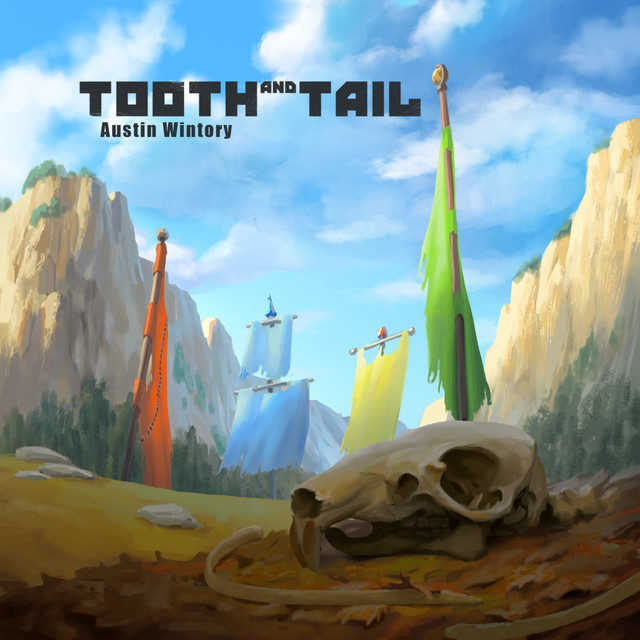

The widespread assumption that tieflings are innately evil-ill-founded though it may be-prevents many from easily fitting into most cultures on the Material Plane except in exceedingly cosmopolitan or planar-influenced nations.Īlignment and Religion: Despite their fiendish heritage and the insidious influence of prejudice, tieflings can be of any alignment. But half-elves, half-orcs, fetchlings and-most oddly-aasimars tend to view them as kindred spirits who are too often rejected or who don’t fit into most societies by virtue of their birth. Far too often, civilized races shun or marginalize them, while more monstrous ones simply fear and reject them unless forced or cowed into acceptance. Relations: Tieflings face a significant amount of prejudice from most other races, who view them as fiend-spawn, seeds of evil, monsters, and lingering curses placed upon the world. Only those of common bloodlines or those who manage to divorce their worldview from the inherently selfish, devious, and evil nature of their birth manage to find true acceptance, camaraderie, and common ground among others of their kind.

But often such enclaves are less than harmonious-the diversity of tiefling forms and philosophies is an inherent source of conflict between members of the race, and cliques and factions constantly form in an ever-shifting hierarchy where only the most opportunistic or devious gain advantage. On other planes, tieflings form enclaves of their own kind. Tieflings seldom see another of their own kind, and thus they usually simply adopt the culture and mannerisms of their human parents.

Most societies view tieflings as aberrations or curses, but in cultures where there are frequent interactions with summoned fiends, and especially where the worship of demons, devils, or other evil outsiders is legal or obligatory, tieflings might be much more populous and accepted, even cherished as blessings of their fiendish overlords. Instead, they live on the fringes of the land where they were born or choose to settle. Society: Tieflings on the Material Plane rarely create their own settlements and holdings. Typically, these qualities hearken back in some way to the manner of fiend that spawned the tiefling’s bloodline, but even then the admixture of human and fiendish blood is rarely ruled by sane, mortal laws, and the vast flexibility it produces in tieflings is a thing of wonder, running the gamut from oddly beautiful to utterly terrible. One tiefling might appear as a human with small horns, a barbed tail, and oddly colored eyes, while another might manifest a mouth of fangs, tiny wings, and claws, and yet another might possess the perpetual smell of blood, foul incenses, and brimstone. Physical Description: No two tieflings look alike the fiendish blood running through their veins manifests inconsistently, granting them an array of fiendish traits. Though the power of their blood calls nearly every tiefling to fury, destruction, and wrath, even the spawn of a succubus can become a saint and the grandchild of a pit fiend an unsuspecting hero. Despite their fiendish appearance and netherworld origins, tieflings have a human’s capacity of choosing their fate, and while many embrace their dark heritage and side with fiendish powers, others reject their darker predilections. The taint is long-lasting and persistent, often manifesting at birth or sometimes later in life, as a powerful, though often unwanted, boon. Most tieflings never know their fiendish sire, as the coupling that produced their curse occurred generations earlier. With otherworldly blood and traits to match, tieflings are often shunned and despised out of reactionary fear. Simultaneously more and less than mortal, tieflings are the offspring of humans and fiends.


 0 kommentar(er)
0 kommentar(er)
